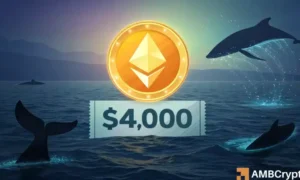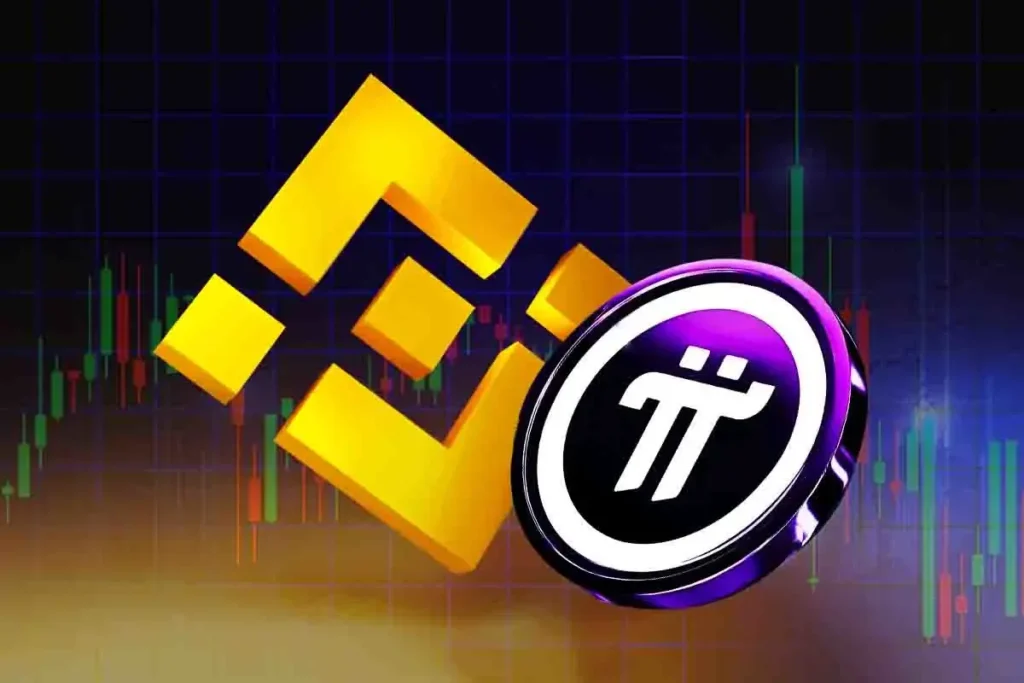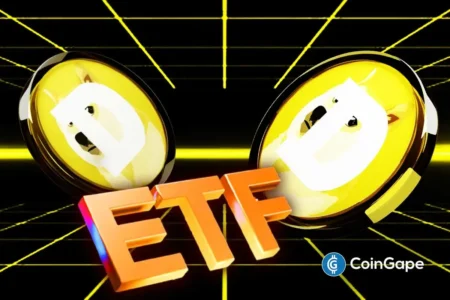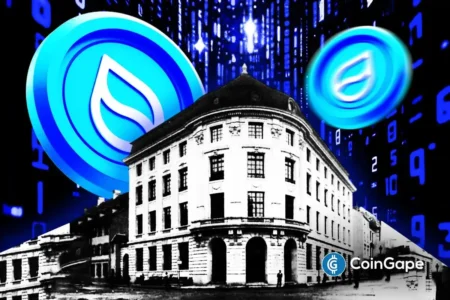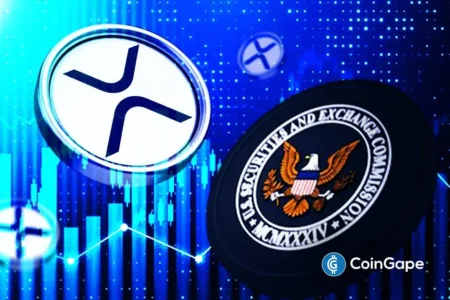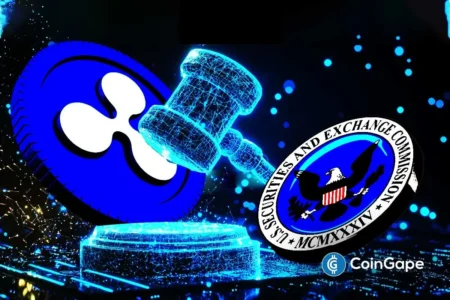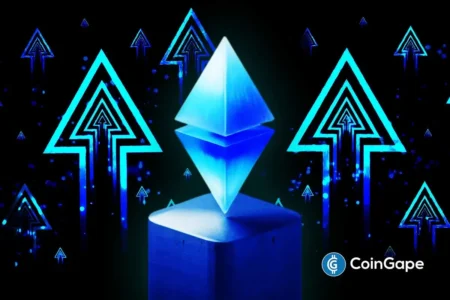Pi Network’s Hurdles to Binance Listing: Key Challenges Explained
The anticipation around Pi Network’s potential listing on Binance has been palpable among its community members. Despite the pressing demand for this listing, the Pi Core Team has shown minimal progress, leading many to question why this crucial milestone remains unachieved. The current value of Pi coin, a significant drop of 85% from its peak price of $2.85, underscores the urgency for a major liquidity boost that a Binance listing could provide. In this article, we delve into three primary reasons cited by community member Mr. Spock that illuminate the delays behind the much-awaited Binance listing.
1. Centralized Governance Issues
One of the foremost obstacles hindering Pi Network from achieving a Binance listing is its governance structure. Mr. Spock emphasizes that, despite marketing itself as a community-driven initiative, significant control over the network remains centralized with the Pi Core Team. Major decisions surrounding protocol updates and development guidelines are still made by this core group, leading to lingering questions about the project’s true decentralization. Critics argue that a lack of community governance is incompatible with the expectations of major exchanges like Binance and Coinbase when it comes to listing cryptocurrencies. Until substantial decentralization is achieved, top exchanges are likely to remain skeptical about listing Pi.
2. Transition Stages and Lack of Mainnet Activity
Another notable barrier is the critical transition from Testnet to Open Mainnet. Mr. Spock points out that much of Pi Network’s activity continues to be confined to the Testnet, despite the project claiming to be in the Open Network phase. This transition is slow, with only a minimal portion of ‘Pioneers’ (Pi Network’s users) actively running nodes on Mainnet. As a consequence, the promise of decentralization feels more theoretical than operational. To mitigate these issues, the Pi Core Team has recently advised users to complete their Know Your Customer (KYC) process, which is vital for facilitating migration to the mainnet. However, until more users actively engage with the Mainnet, the concerns surrounding the project’s decentralization persist.
3. Absence of Real-World Utility
The Pi Core Team’s struggle to demonstrate real-world utility for Pi tokens forms another stumbling block. While migration to the mainnet has officially commenced, the tangible benefits that users can expect from the Pi ecosystem remain elusive. Critical elements such as referral rewards and validator earnings have yet to be fully activated, leaving many community rewards unfulfilled. This lack of core functionalities creates skepticism among potential users and investors alike. Furthermore, though the team has introduced Know-Your Business (KYB) measures for token distribution transparency, it hasn’t been sufficient to significantly bolster user adoption or interest.
Community Frustration and Demand for Transparency
The sense of uncertainty has sparked frustration within the Pi Network community, as members feel increasingly neglected by the Pi Core Team. Community efforts to combat misinformation and clarify the project’s potential have been thwarted by a lack of coherent communication from the leadership. As Mr. Spock poignantly points out in a recent post on the X platform, the Core Team must evolve from mere visionaries to proactive leaders. By adopting a more hands-on approach, they can counter ongoing speculation and reassure their user base.
Recent Market Movements: A Ray of Hope
Despite the existing complications, Pi Coin’s price has shown signs of recovery, bouncing back from an earlier low of $0.33 to approximately $0.39, marking a 7% increase. With daily trading volumes climbing to $88 million, there is growing optimism among market analysts. This resurgence could potentially enhance the urgency for the Pi Core Team to act decisively regarding the Binance listing and other critical governance issues.
Conclusion: The Path Forward
The road to a Binance listing for Pi Network is fraught with challenges related to governance, technological transitions, and actionable utility. The community’s impatience is understandable given their commitment to the project and its long-term vision. However, overcoming these barriers is crucial not only for securing an exchange listing but also for solidifying the project’s reputation in the highly competitive cryptocurrency arena. Moving forward, a more transparent and engaged approach from the Pi Core Team could be pivotal in transforming community frustrations into confidence, ultimately paving the way for a successful Binance listing.


